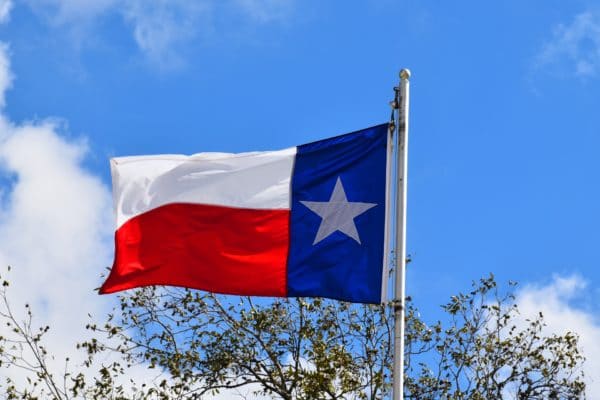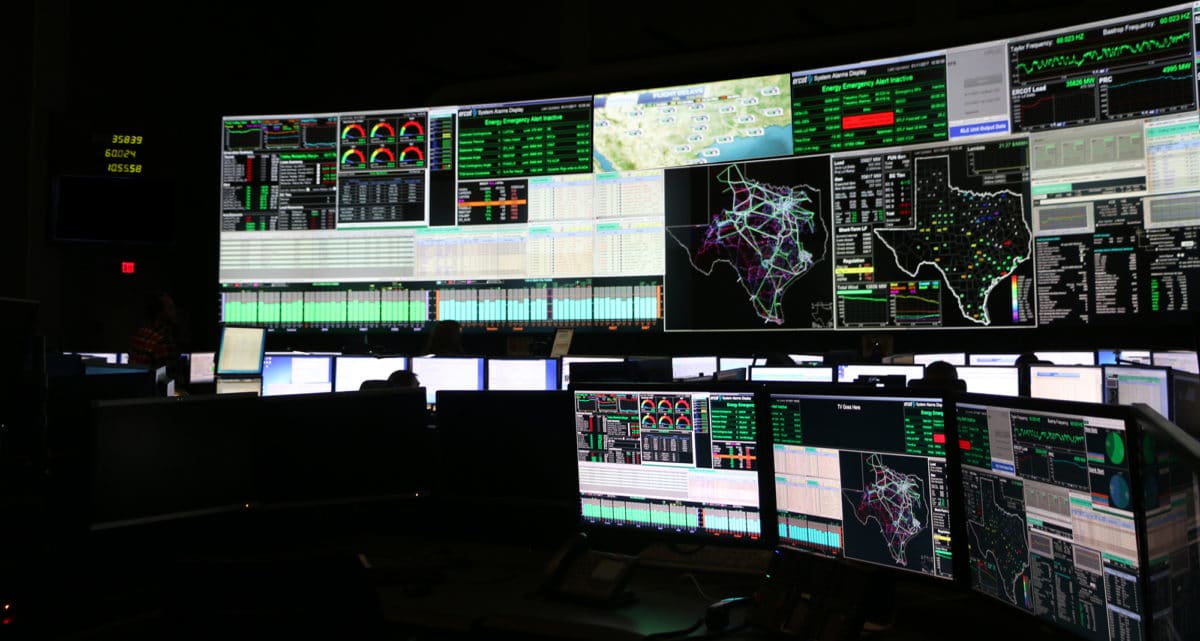The electric and natural gas industries need to strengthen their winterization and cold weather preparedness and coordination to prevent a recurrence of the unprecedented February 2021 power outages to millions of people during the February 2021 freeze in Texas and the Midwest.
That was the assessment of a preliminary report presented at a Federal Energy Regulatory Commission (FERC) meeting by a joint inquiry team of staff from FERC and the North American Electric Reliability Corporation (NERC) and its regional entities. It echoed a similar call for action that came a decade ago after a similar winter storm also disrupted power production and delivery across Texas. The recommendations that followed the 2011 storm were largely ignored.
The most recent report reviewed what happened during the February 2021 freeze and outlined recommendations, including mandatory electric reliability standards, to prevent its recurrence.

Image: FERC
FERC Chairman Rich Glick noted that a similar inquiry took place after Texas experienced extreme cold weather in 2011, but that those recommendations were not acted on. “This time,” he said, “we must take these recommendations seriously, and act decisively, to ensure the bulk power system doesn’t fail the next time extreme weather hits.”
The February freeze triggered the loss of 61,800 MW of electric generation, as 1,045 individual generating units experienced 4,124 outages, derates, or failures to start. It reduced natural gas production, with the largest effects felt in Texas, Oklahoma, and Louisiana, where combined daily production fell more than 50% to an estimated 20 billion cubic feet per day.
The assessment pointed to freezing of generator components and fuel issues as the top two major causes of generator outages, derates, or failures to start. The identified causes in the preliminary report affected generating units across all fuel types. Of the 1,045 generating units affected, 57% were natural gas-fired units that primarily faced fuel supply challenges.
In a statement, Sean Gallagher, vice president of state and regulatory affairs for the Solar Energy Industries Association said that solar and storage “will be a big part of the solution” in Texas. “We look forward to working with state and federal leaders to continue to make it easier and faster to get solar projects online.”

Image: Pixabay
In March, a white paper said that wind generation over-performed compared with expectations and that solar recovered quickly after storm clouds passed. Solar did better than models predicted and “contributed to keeping more customers with power as the grid climbed out of its depths of load shedding.” The white paper was prepared by Colorado-based grid analysis firm Vibrant Clean Energy.
The firm said that wind underperformed during a few periods over the course of the days-long storm, but that this underperformance “only lasted a few hours at a time.” It added that 40,000 MW of storage under a “high renewables” scenario would have met all of the February blackout requirements “with room to spare.”
Recommendations
The preliminary FERC/NERC report made nine recommendations, including changes to mandatory reliability standards that build on standards developed in the wake of a 2019 joint inquiry into a prior cold weather event. Among those are:
- Revisions to require generator owners to identify and protect cold weather-critical components;
- Build new or retrofit existing units to operate to specific ambient temperatures and weather based on extreme temperature and weather data;
- Take into account effects of wind and precipitation in winterization plans;
- Corrective action plans for generator owners that experience freeze-related outages; and
- Ensure the system operator is aware of the operating limitations in the generating fleet so that they can plan mitigation actions.
The preliminary report also recommends that generator owners be provided the opportunity for compensation and recovery of the costs of building or retrofitting to operate to a specific temperature. It also called on Congress, state legislatures, and jurisdictional regulators to require gas facilities to prepare and follow cold weather preparedness plans.
This content is protected by copyright and may not be reused. If you want to cooperate with us and would like to reuse some of our content, please contact: editors@pv-magazine.com.









Gov. Greg Abbott tells electricity regulators to encourage building more power plants, penalize renewable energy
https://www.texastribune.org/2021/07/06/texas-electricity-grid-greg-abbott/
Don’t Mess With Texas – LOL